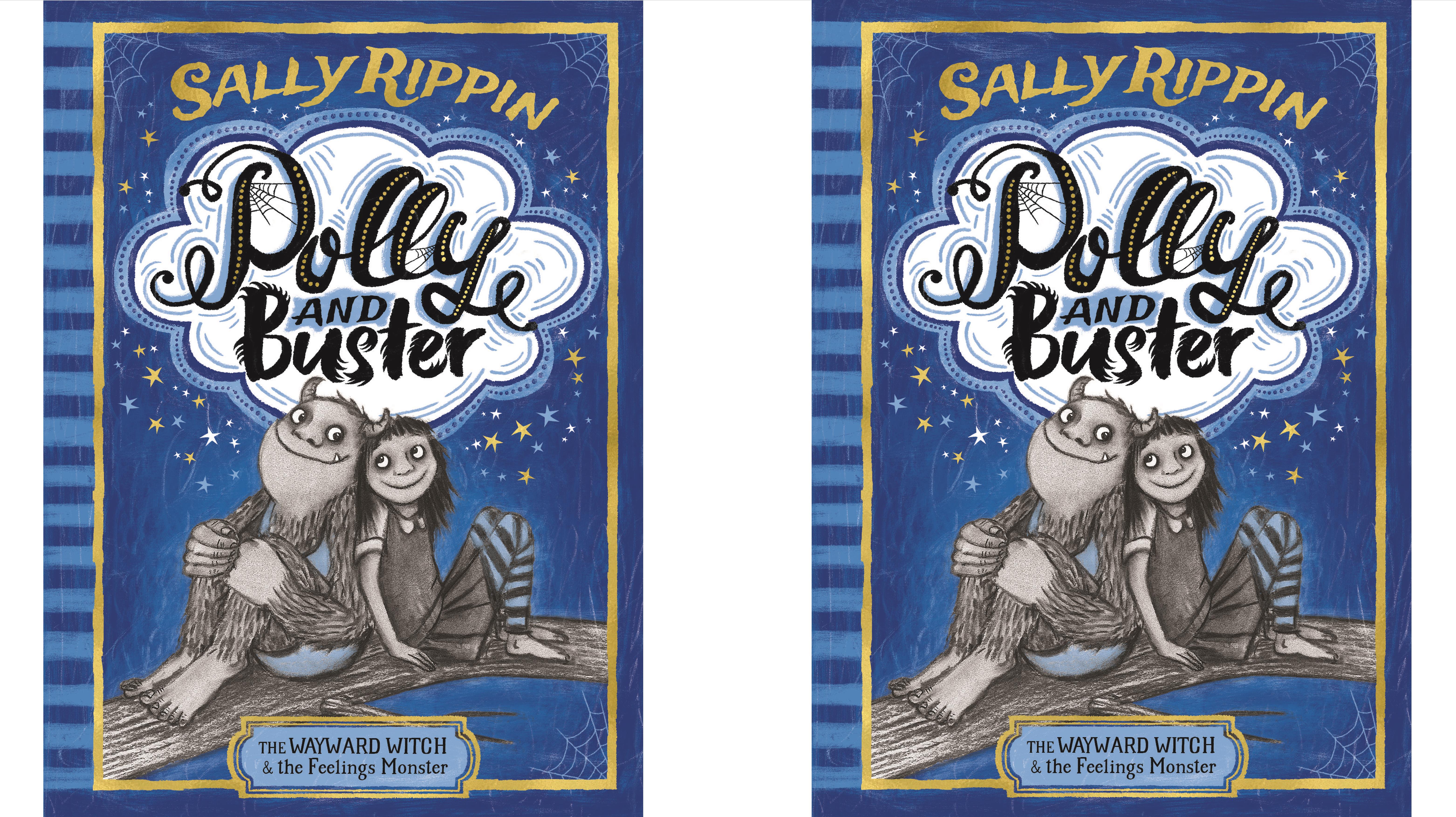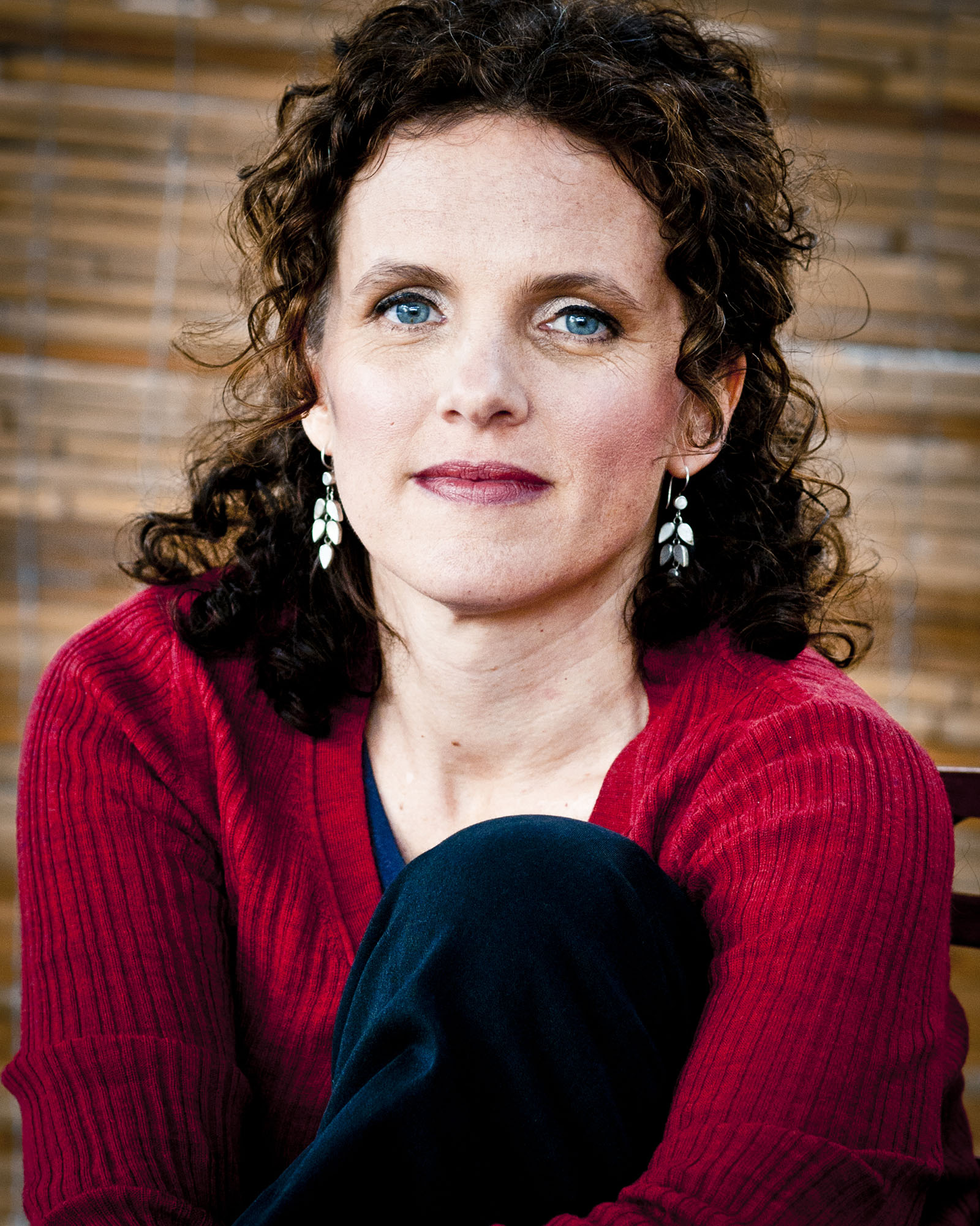Sally Rippin is one of the Big Names in Australian children’s books. Christchurch librarian Zac McCallum interviewed her to celebrate the launch of her newest junior fiction series, Polly and Buster. It’s about a secret friendship in a world where witches and monsters can never be friends.

Sally Rippin is an Australian author who has launched many children on their journey to becoming readers. Her Billie B. Brown and Hey Jack! series give young readers their first taste of chapter books and introduce them to characters who think and feel like they do. Sally has also illustrated picture books and written novels for older readers, including several books in the ‘Our Australian Girl’ series, Angel Creek, and Chenxi and the Foreigner. After six years of living with Billie and Jack, Sally is launching young readers in to a completely different world, with her new series, Polly and Buster.
I caught up with Sally to ask her about what she loves about writing for children, how she goes about creating a new story, and what readers can look forward to in her new series.

What do you love the most about writing for children?
Knowing that mine might be the first book they’ve ever read, or the first characters they will grow to love and carry with them for the rest of their lives. Books become part of our childhood memories and can often shape and form us. It’s such an honour to think I may become such an important part of a young person’s life.
What is your favourite comment or question that you’ve gotten from the many young readers that you have met?
That my books got them excited about reading.
Children absolutely love your Billie B. Brown and Hey Jack! books. What books do you recommend for readers who have read all of your books?
I am writing a new series for children who have grown out of the Billie and Jack books but may not be ready to take that next big leap into Harry Potter. There is still a big gap there for deep, rich, complex stories that are accessible enough for any reader.
What is your favourite memory of libraries, either as a child or as an adult?
When I was a young mum, I was married to an artist and we had very little money so had to be careful how much money we spent on heating. On the coldest days of winter I would take my toddler and baby to the local library where it was warm and we would spend all afternoon there reading books to each other.
You have written several Young Adult novels as well as picture books and your incredibly popular series. How is the process of writing a YA novel different from writing a Billie B. Brown book?
I was really a young adult myself when I was writing my first YA book so I just channelled myself from a few years back and wrote what I would have liked to read. Now I channel my inner child and write what I think kids would like to read.
Your new series for young readers, Polly and Buster, is released in June. Can you tell us a little about the series and how it came about?
It was time to create new characters after spending six years with Billie and Jack. I wanted to write about another deep friendship, but one that faced greater challenges – so I thought it would be fun to invent a completely new world to explore more complex themes in an allegorical way. Somehow I came up with a dyslexic witch and a ‘feelings monster’. In their world, witches and monsters are kept apart so Polly and Buster’s friendship becomes harder and harder to keep a secret.
I wanted to write about the integrity and kindness of their friendship because it feels like our current world is sadly becoming a place that is allowing bigotry and racism to flourish. I hope I can show children an alternative to this way of thinking and what happens when it is left unchecked.
You have both written and illustrated this new series. What is your process for creating these books? Do you write the stories and then illustrate them or do you illustrate as you write?
The text is pretty polished before I start on the illustrations, because the story can change quite radically in each draft and I don’t want to have to redo any pictures once I have done them if it can be helped. They take a while to do – a complicated mix of research, sketching, then tracing the sketch onto a good paper with the help of a lightbox. Once I have worked out the underlying structure I create layers of charcoal, smudging edges with my hands and rubbing out, and drawing lines again and again to get just the right depth. Then I add highlights with white gouache. Each one will take four to six hours to do from beginning to end.
You are a mentor with the Australian Society of Authors and a teacher of Writing for Children at RMIT University, so I’m sure that you have given lots of advice to aspiring authors over the years. What is one piece of advice that you give to all writers?
I no longer teach at university but occasionally run one-day courses. I now have a different set-up with my mentoring in that I will be launching my own imprint later this year called ‘Sally Rippin Presents’ where I get to work alongside emerging writers and publish the books under my own list with Bonnier Publishing. It’s much the same as what I’ve always done, except now I work with the people I’m mentoring right through to the publication stage.
I would say the thing that has helped me most in my career is an absolute hunger to learn. With this comes flexibility and a willingness to take up opportunities when they are given to you. I guess that’s the best piece of advice I can give: if you want to make a living as an artist you have to be very self-motivated and driven, and find satisfaction and joy in all aspects of what you do, even if it’s not exactly what you thought you’d be doing. And connect yourself with your community. It can be a hard and lonely road otherwise.

Zac McCallum
Zac McCallum is a school librarian at Te Kura O Te Tauawa Halswell School in Ōtautahi, Christchurch. Prior to becoming a school librarian, he worked in public and academic libraries and as a children’s bookseller. Zac is a huge supporter of New Zealand children’s literature and our many wonderful authors and illustrators, and his role on the Storylines Management Committee enables him to be a part of this supportive community.



